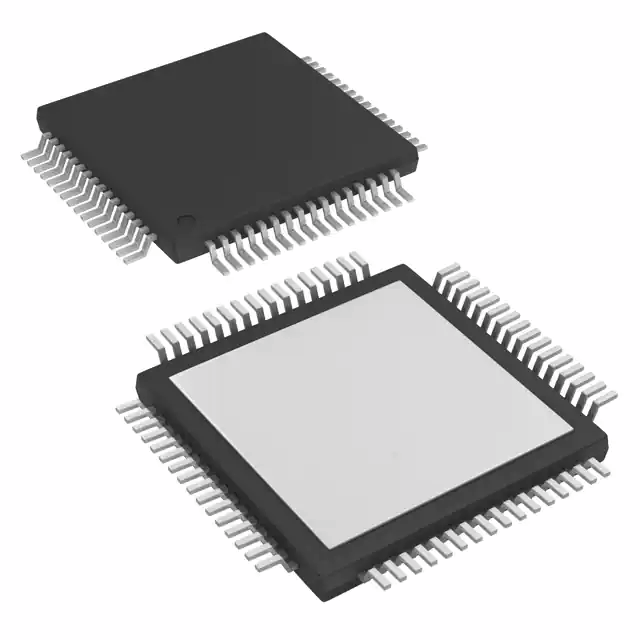The article seems to be referring to how, for the same dimensions, a QFP only has pins around the periphery whereas a BGA has pins throughout the entire underside of the package. BGAs, by design, have more pins per square inch packed into it than a QFP.
Since pins act as little heatsinks where heat developed on the die can travel outside the package to the PCB where it can be dissipated, a BGA supposedly can handle more heat than a QFP since not only are there more balls, there balls are also more evenly distributed across the package closer to the source of heat.
It's not that balls have more surface area than pins because they do not. For the same volume, a sphere has the minimum amount of surface area and a flat, thin pin has the most. But if you're going to take the total contact area of electrical connections at the surface of the body of the package (not the area of the pin or ball itself), the BGA will have more per area than a regular QFP, and they will be more evenly distributed with more of them closer to the heat generating die.
However, that article ignores the fact that many high power QFPs have giant thermal pads at the center of the package. It's difficult to imagine a BGA of the same size beating that in terms of heat dissipation, though the BGA still offers far more electrical connections.

https://www.digikey.ca/en/products/detail/texas-instruments/ADS1274IPAPT/1666706?utm_adgroup=Texas%20Instruments&utm_source=google&utm_medium=cpc&utm_campaign=PMax:%20Smart%20Shopping_Supplier_Texas%20Instruments&utm_term=&productid=1666706&gclid=Cj0KCQiA-JacBhC0ARIsAIxybyPQckeXwbW_LNtcVt-aoSRlm5kcGQjnaXTPo1q6mw8yXZmCs4dNm6QaAqATEALw_wcB

BGA packages involve many thermal channels that take out the heat in the integrated circuit boards. This significantly reduces the chances of overheating.I apologize for the late reply $\endgroup$